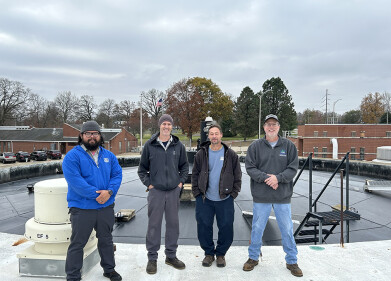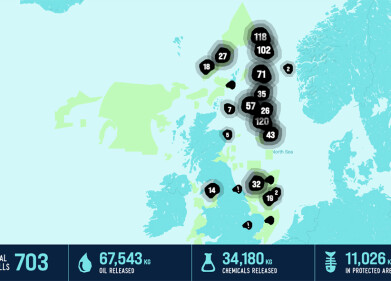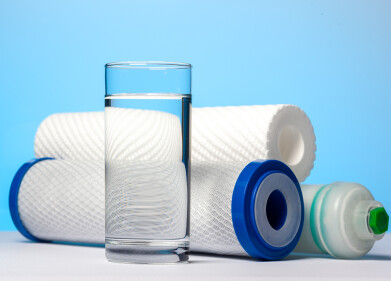Water/Wastewater
How Far Does Our Plastic Pollution Reach?
Jul 30 2017
A new joint study by the University of Hull, the British Antarctica Survey (BAS) and the Cientifica del Sur University in Peru has concluded that microplastic particles in the waters surrounding the south pole are five times higher than expected. In such a remote location, it was assumed that the impact that local research stations and vessels would have on the waters would be negligible.
However, the latest report suggests that the effect may be greater than anticipated. Even more concerning, it’s possible that waste from other parts of the world’s oceans may be finding its way south, threatening what was thought to be the last bastion of plastic-free water.
A worldwide problem
The far-reaching consequences of improper disposal of plastic are well-documented. In January 2015, a six-year study revealed the extent of the problem by concluding that there are currently 5.25 trillion pieces of plastic floating in the world’s oceans, prompting environmentalists to clamour for action.
Much of this plastic is believed to localise in the Pacific Ocean, since pollution prevention under tropical rain storms is a difficult task. An area of the Ocean known as the Great Pacific Garbage Patch has accumulated millions of tonnes of waste (most of it plastic) due to swirling currents and irresponsible waste disposal methods.
Despite this knowledge, it had been thought that Antarctica was relatively unaffected by this global epidemic. Due to the Antarctic Circumpolar Current (ACC), experts believed that the south pole waters were virtually pristine in comparison to the rest of the planet – but new research suggests otherwise.
A disturbing study
Until this recent report, it had been believed that the ACC acted as a filter for pollutants, barring plastic or other contaminants from finding their way too far south. Typically, plastic enters the ocean through improperly treated wastewater plants or from the breakdown of debris in plastic items, such as fleeces. Tiny pieces of plastic known as microbeads are also often found in cosmetic items such as creams and shampoos, which can easily find their way into the ocean, as well.
The recent study found that over 50% of all research stations based in Antarctica do not have adequate wastewater treatment facilities, while other experts have raised the possibility that the ACC is not as impregnable as once thought.
Covering 8.5 million square miles, the Southern Ocean comprises just over 5% of all of the world’s ocean water. A continued influx of plastic particles may appear to be negligible on such a grand scale – nothing more than a drop in the ocean, to borrow a phrase – but it’s unclear what effect this pollution could have on local flora and fauna.
“We have monitored the presence of large plastic items in Antarctica for over 30 years,” explained Dr Claire Waluda, co-author of the study. “While we know that bigger pieces of plastic can be ingested by seabirds or cause entanglements in seals, the effects of microplastics on marine animals in the Southern Ocean are as yet unknown.”
Events
Mar 18 2025 Expo Santa Fe, Mexico
Mar 18 2025 Moscow, Russia
Mar 19 2025 Manila, Philippines
Mar 20 2025 Guangzhou, China
Mar 24 2025 National Harbour, MD, USA














